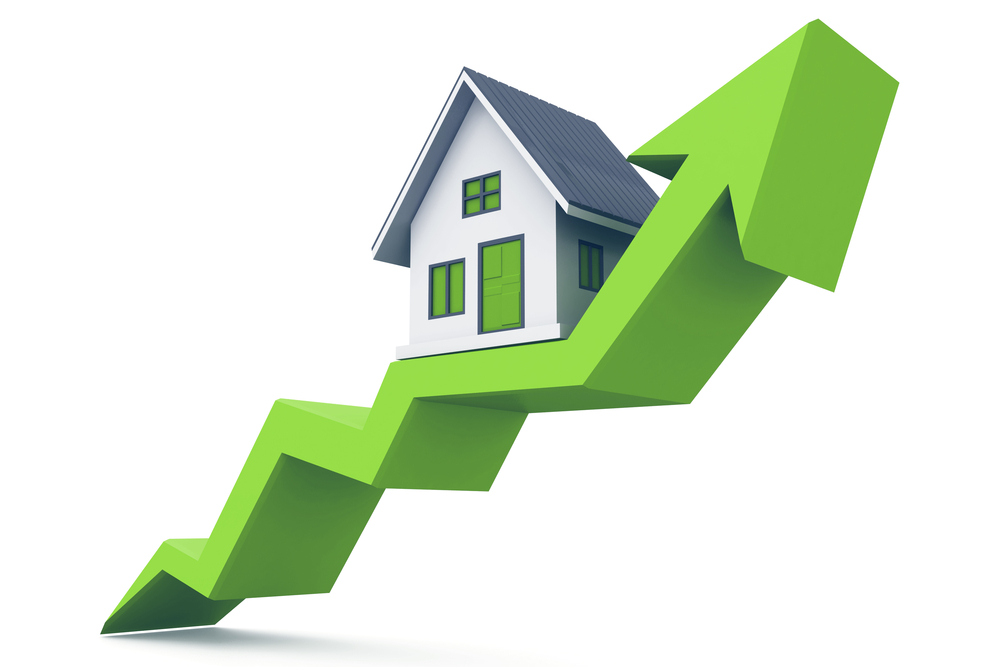What can increase the cost of your homeowners insurance?

If you are in the market for a house, the cost of homeowners insurance is probably not your number one priority but some homes come with risks that could dramatically up the cost of insuring your new home. Knowing what risks can be an insurance issue with a home can help you save not only money but time and headaches as well.
This can be particularly true for homebuyers moving from a city environment to a more rural or suburban areas. According to data from a Chubb survey done in August, roughly 30 percent of city dwellers said they were considering moving out of the city due to the pandemic. The number of first-time homebuyers rose 4 percent in the first half of 2020 when compared to the previous year. This is probably due to low interest rates and the fact that people stuck at home are looking for more space.
Let’s have a quick look at just a few things that can result in a much higher insurance bill:
The closest fire hydrant
Insurers consider a ton of factors when setting a homeowners premium and one of those factors is how far you are from a fire hydrant and fire station. Homes located on narrow roads or ones with long, difficult driveways can be trouble for firetrucks to access. This can all lead to a higher insurance premium.
If your new home has a creek or river with a bridge over it, you need to check the rating of the bridge, can a firetruck safely navigate it?
While every insurer has their own parameters, common guidelines are if you are within 1,000 feet of a hydrant or five miles of a fire station it should not impact your rates negatively.
Weather and wildfire risks
While living near the ocean or in a forest sounds like paradise, it can be a headache insurance wise. If you home is surrounded by trees or close to the ocean or even located in tornado alley, you will be paying more for homeowners coverage.
In extreme cases, you may not even be able to find coverage in the private market, needing to purchase coverage from the insurer of last resort in your state. The Beach and FAIR plans are examples of state mandated insurers of last resort and these policies come with coverage limits and expensive premiums.
You can help lower your premium by doing wildfire mitigation around your property or upgrading your home to make it more hurricane proof if windstorms are an issue in your area.
In addition to higher premiums, you may be looking at a higher deductible. Hurricane deductibles have become the new normal in many locations where severe weather is common. This means that instead of paying a set deductible such as $500 or $1,000 your deductible for hurricane or windstorm damage is a percentage of your total coverage level.
As an example, if you are carrying $300,000 in coverage on your home and you have a 5 percent windstorm deductible, you will be forking up $15,000 (5 percent of $300,000) as a deductible.
Water is also a problem
If the home you are considering has been previously damaged by water or has old plumbing and electrical, you could be in for some expensive repairs before an insurer will cover you. Replumbing or redoing the electrical can be very expensive but can be required if your home is filled with ancient pipes and wires. Always have an inspection done on any home you are considering to check the state of the pipes, electrical and mechanicals of the house.
You can help lower your insurance costs by updating the systems of a house and installing water sensors or a whole house monitoring system which can shut the water off if it detects a leak.
In addition, flood risk can be a concern. A standard homeowners policy doesn’t protect against flood damage, you will need a separate flood policy to be fully protected. If your home is located in a high-risk flood zone, you will be required to carry flood insurance by your mortgage lender. Insurers also look at flood ratings and may require you to carry flood insurance depending on where the home is located.
Coastal homes can come with a hefty flood insurance premium, so it is always a good idea to get insurance quotes on any home you are consider to avoid any surprises after you have signed on the dotted line. Talking to the neighbors or a local insurance agent should help you get an idea of the potential costs for insurance.
Let’s not forget earthquakes
According to the U.S. Geological Survey, 16 states are at high risk for major earthquakes that could cause significant damage in the next half-century: Alaska, Arkansas, California, Hawaii, Idaho, Illinois, Kentucky, Missouri, Montana, Nevada, Oregon, South Carolina, Tennessee, Utah, Washington and Wyoming all made the list.
Earthquake damage is also excluded from a standard homeowners insurance policy. In most cases you would need to purchase a separate earthquake policy or add an earthquake rider to your standard homeowner policy.
It should be noted that the majority of earthquake insurance comes with a 5 to 25 percent deductible so you will be paying a significant amount as a deductible.
In order to lower the cost of earthquake insurance you may be able to upgrade your home to help make it more secure during an earthquake. Anchoring the house to the foundation and strengthening wood walls can help make any house less prone to earthquake damage.
Every home comes with some risks but knowing what to look for when home shopping can help you find a great house that will not cost an arm and a leg to insure.
